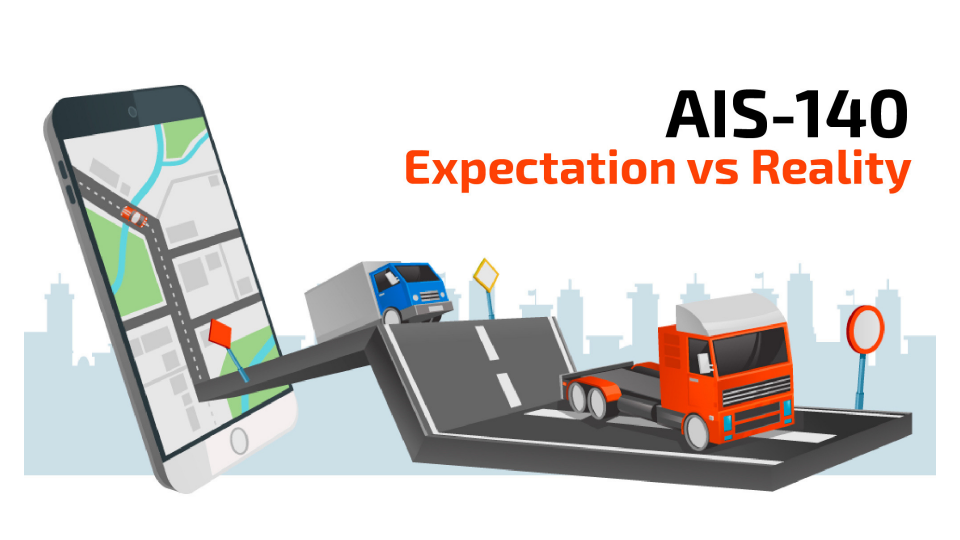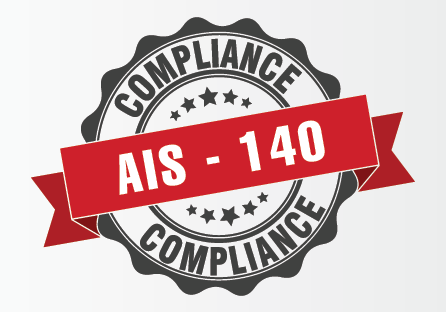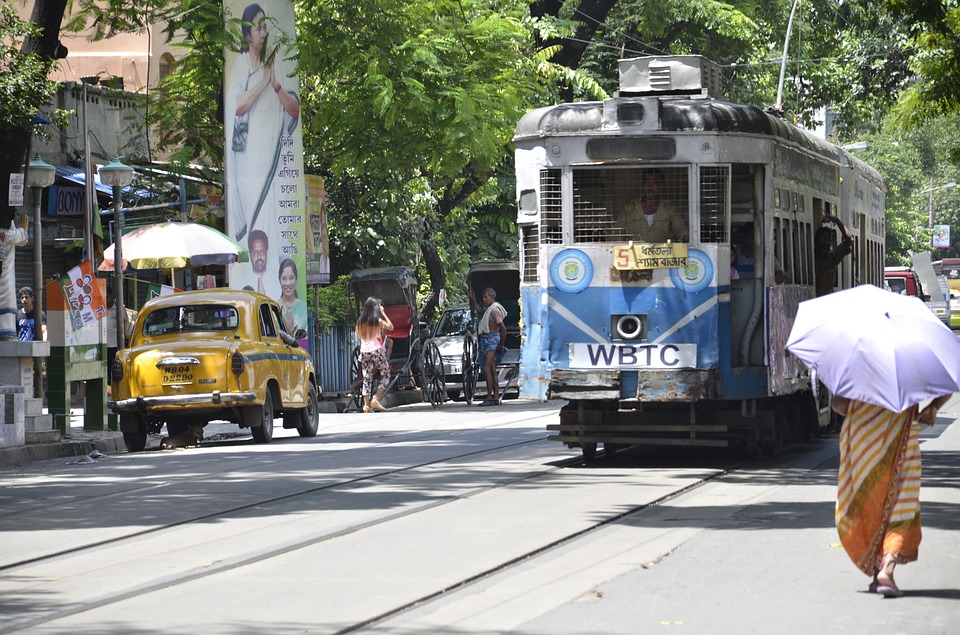

In the world of philosophy, it is said that we should either raise our reality or lower our expectations to reduce the difference between them and bring happiness in life. But in the technical world, there is always a certain difference between how a product or service is designed and how it’s perceived in the market. And in this article, we examine AIS-140, and expectation vs reality.
Given the fact that every place differs due to different people and situations, what worked on Place A might not work in Place B. Therefore, it is very important to understand what the requirement of the certain area is so that the developer can work on closing the gaps between the reality and expectations.
Considering the scenario of the Indian transportation industry, we rely heavily on public transportation for our day to day work. In the past, due to lack of surveillance and fleet management, there have been cases where the passenger has suffered directly or indirectly. After a heavy debate, the authorities realized that the market is in dire need of some upgrade. These enhancements were identified such as safety features, vehicle tracking system, GPS, driver monitoring devices and a lot more. But for so many needs, is there a universal solution?
Fortunately, yes! It’s AIS-140. Let’s try to understand what it is and how it’s useful.
Get Government Approved AIS 140 devices at best price
What is AIS-140?
As a measure to preserve the safety of the passenger and look after the management of the vehicle, the Ministry of Road Transport and Highways executed an act on 28th November 2016.

Following the mandate, ARAI (Automotive Research Association of India) published a set of standards which consolidates a vehicle tracking system, camera surveillance system and an emergency request button. This set of standards is termed as the Automotive Industry Standard 140 (AIS-140).
Guidelines of AIS-140
Now that we have some idea of what AIS-140 is, let’s understand what it consists of and says.
In order to make a ride safer for the passenger and easier for the driver, AIS-140 was introduced as the latest and most advanced Automotive Industry Standard.
According to the guidelines of AIS-140,
- It is obligatory for all public as well as commercial vehicles to be furnished with a GPS tracking system, an emergency button which is also known as a panic button or SOS button, and camera surveillance.
- This will also assist the concerned authorities to locate the vehicle as they will constantly receive the updated location and can even track it down in case of an emergency.
- There is also provision for the passenger which allows them to directly speak with the authorities in the control room in any case of catastrophe.
AIS on the Intelligent Transportation Systems or ITS comprises of the system level approval along with the vehicle level approval. The system level approval is required to make sure that the prevailing working vehicle is accountable in performing with the ITS system.
This will ultimately support the ITS backend infrastructure to grow along with the State Road Transport Undertakings (STUs). It will also ensure that not only the new vehicles but all the working vehicles which are capable of dealing with the system are being equipped with the AIS to make the infrastructure more accountable.
Also read: What is Telematics : A Conclusive Guide
Also read: Top Questions About Telematics Answered
Estimation
All the future vehicles are to be equipped with features according to the AIS-140 Standard. Moreover, even the current vehicles are to be installed with at least the minimum requirements of the AIS-140 which includes the SOS button and GPS.

This will obviously require a heavy supply of the instruments and devices. This means that the Indian companies and the suppliers have to be ready with the requirements in a huge number.
Since the operation is to be carried out in a huge number, it was expected that the implementation will take almost 12 months or a year to finish.
Implementation
Now, let’s take a look at what is happening a year after implementation.
As stated above, it was expected that all the vehicles will have the components of AIS-140, within a year after implementation. The target was, even if all the components are not executed, at least achieve the crucial ones. What are those?
To give you a picture, AIS-140 has multiple requirements, almost 30 in total. But below are the crucial ones.
| Sr. No |
Crucial elements of AIS-140 |
| 1 | Location tracking through NavIC |
| 2 | Assisted GPS 3 axis accelerometer and gyroscope |
| 3 | 4-hour internal battery back-up |
| 4 | Unique ID or IMEI number |
| 5 | Emergency response |
| 6 | The alert ID on pressing the emergency button |
| 7 | CCTV camera |
| 8 | Dual IP addresses for PVT data |
| 9 | Report to designated backend government servers with PVT data |
| 10 | E-SIM Operate between 8VDC to 32VDC |
Current Scenario
India witnessed a rise of advanced cab facilities in 2015. It has been more than 3 years, and today most of the urban cities have these cab services which have practically replaced all traditional cabs. Although these advanced transportation have GPS in them, a very crucial element that was found missing from most of the transports was an emergency button.
The irony is, even if the emergency button is available, either the passenger isn’t aware of it or it is hidden from the sight. This is one of the reasons why people still face issues during their travel and the transportation receive regular complaints of harassment or bad behavior.

What can be done? Well, if you have noticed Metros, all of them are equipped with emergency buttons. Although it’s a combination of fake and real buttons, it’s the fear of being caught and punished that keeps these areas clean. This is the reason why metros face least issues.
Reality of AIS-140
Unfortunately, India and its capital city, New Delhi are both considered unsafe for women passengers, especially if they are traveling alone at night. 5 years ago, India faced one of the most brutal crimes it had ever witnessed. The security of public transportation was questioned at a global level.
AIS-140 was introduced with its primary objective being the security and safety of the passengers. It was estimated that all the public transports will be installed with CCTV cameras along with other crucial elements. But the reality is far from the expectations.
Passenger Compliance
As things stand, the authorities have not been able to execute the AIS-140 Implementation to its full potential yet. But this is how it will assist the Indian transportation system if it can be used to its absolute capacity.
It will be a boon to both the passengers (it will make their journey smooth and secure) as well as the operator (he will be equipped with advanced devices to make his task easier).
- Technologically advanced Public Transportation
![]()
Due to the implementation of modern technology, the whole operation will be quite transparent. This will make the journey safer and comfortable for the passenger. It will also assist the driver as the updated technology will allow him to reach his destination without any discomfort.
- Security of the passenger
The principal intent of the new standard was to guarantee the security of the passenger during the ride. The minimum requirement as guided by AIS-140 consists of these devices.

- GPS which gives live-location updates
- SOS or Emergency button
- The feature which allows the passenger to speak directly to the authorities in case of distress.
- Live CCTV camera
These basic requirements will make sure that the ride is without any discomfort irrespective of the time, place or the gender of the passenger.
- Monitoring Vehicle Performance

AIS-140 gives a detailed analysis to the manager about the condition of the vehicle. This report assists them to manage the vehicle accordingly and schedule service in advance. Since every step is taken to ensure proper maintenance and the safety of the vehicle, the vehicle performance is enhanced.
- Driver Behavior

Tracking the driver behavior with AIS-140 allows the authorities to keep the driver in check as all his movements are being tracked. This allows them to improve their service and enhance their performance. Ultimately, providing the passenger a safe, secure and efficient ride.
Future Scope for AIS-140
As we noticed above, there is a huge difference between expectation and reality. This discrepancy exists even though the government and the public understand the dire need for safe and efficient public transportation. That was the prime reason why AIS-140 was introduced by the ARAI.
But AIR-140 in itself is just a set of rules which have no use if not implemented correctly. From what we saw, both the authorities, as well as the public, need a little more time to adjust themselves with the new guidelines as the operation is being carried out at a massive scale.
Considering the worldwide rise of Artificial Intelligence and the Internet of things, there is no doubt that the possibilities for transportation are endless. Moreover, these technologies coupled with the future technology of deep learning can surely make the AIR-140 way more efficient for both the passengers and the authorities to implement.

It is only a matter of time before these technologies come to play a daily role in the transportation industry. The cloud technology has already made data handling and management a lot easier than what it was before. Similarly, the future awaits for the Machine Learning and AI to work together with transportation.
But then again, how successful the AIS-140 will be, largely depends on how efficiently it’s being executed by the authorities. Moreover, it also depends on how well the public accepts it.
Let’s hope the Indian transportation industry is able to use AIS-140 to its maximum potential to reap the benefits, ultimately making life easier in terms of passage for millions of Indians.
LocoNav offers your business solutions for Vehicle Tracking, Fleet Monitoring, School Bus Tracking System and Telematics. LocoNav helps you in optimising your operations and business while you focus on the growth of your enterprise!
Quick read: 5 Reasons Why Your Construction Business Must Have a Vehicle Tracking System
Quick read: A Major Theft Within India’s Leading Cement Manufacturer Came To Light With LocoNav
[contact-form-7 404 "Not Found"]